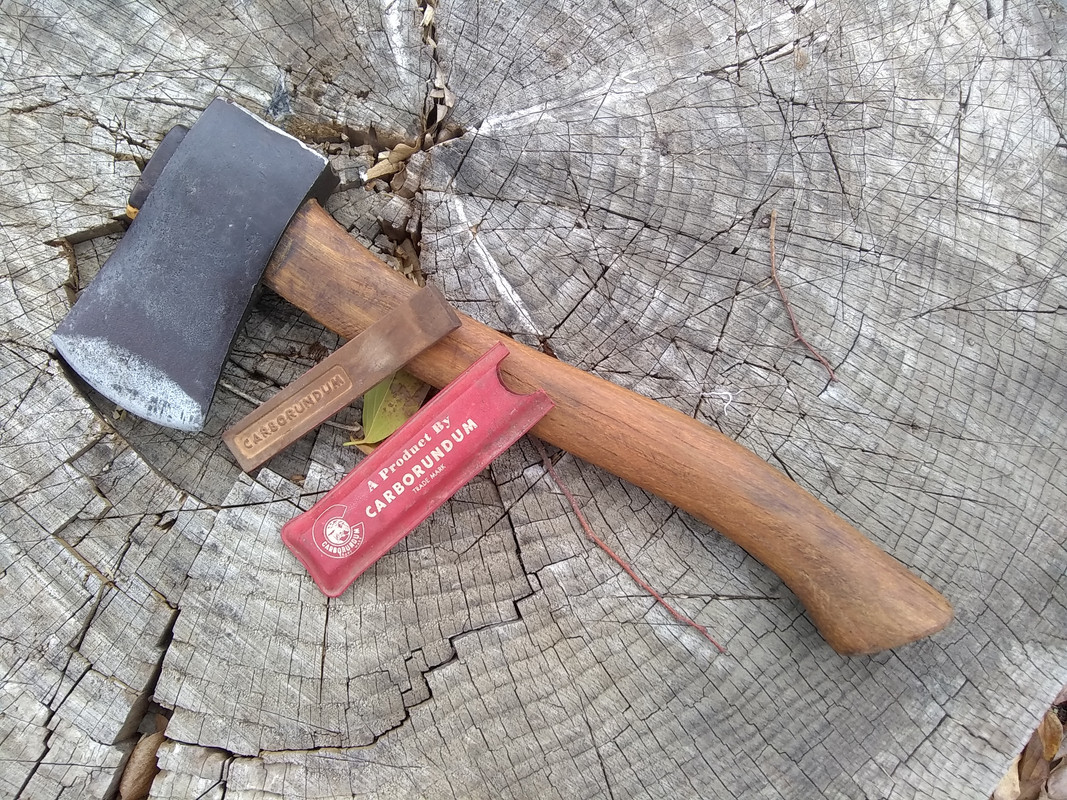- Joined
- Sep 4, 2018
- Messages
- 163
Another piece of my auction lot, this...car wreck...I shouldn't look, but I can't look away...

I'm honestly not sure if it was ever a proper cleaver or just cut out out of raw stock and had the "handle" welded on?

I'm honestly not sure if it was ever a proper cleaver or just cut out out of raw stock and had the "handle" welded on?























